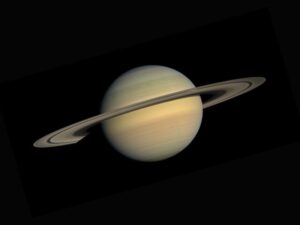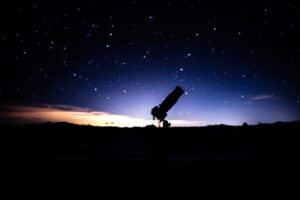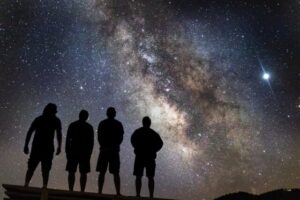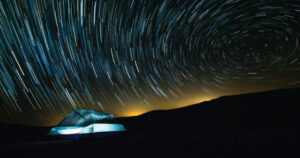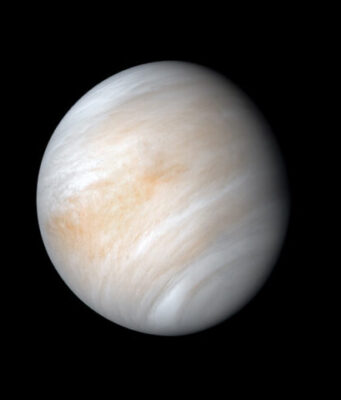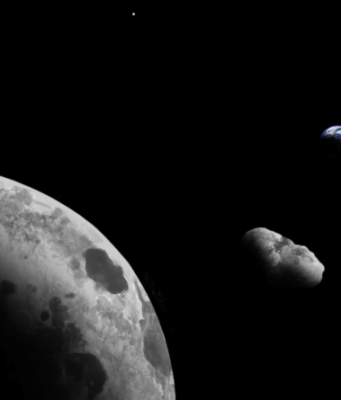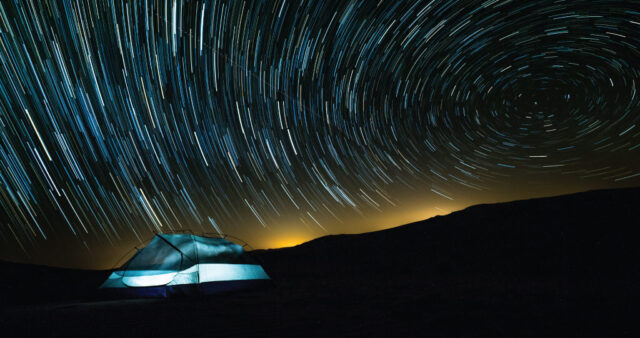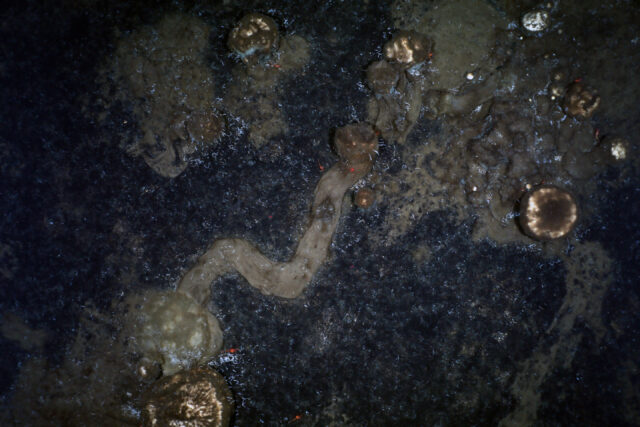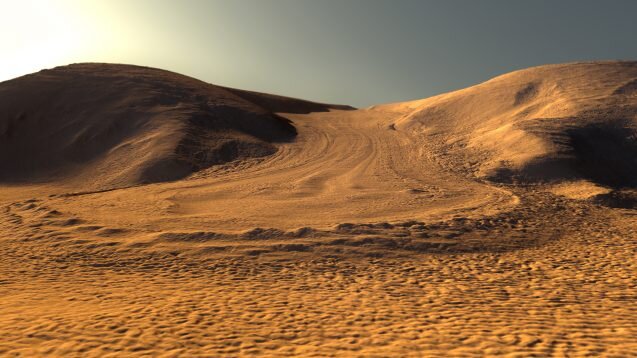NASA's Hubble Space Telescope is giving astronomers a rare look at a Jupiter-sized, still-forming planet that is feeding off material surrounding a young star.
"We just don't know very much about how giant planets grow," said Brendan Bowler of the...
One of the great mysteries of modern space science is neatly summed up by the view from NASA's Perseverance, which just landed on Mars: Today it's a desert planet, and yet the rover is sitting right next to an...
Not all stars shine brightly all the time. Some have a brightness that changes rhythmically due to cyclical phenomena like passing planets or the tug of other stars. Others show a slow change in this periodicity over time that...
Sponges: They are considered to be one of the most primitive forms of animal life, because they have neither locomotion organs nor a nervous system. A team around deep-sea scientist Antje Boetius has now discovered that sponges leave trails...
As NASA's Perseverance rover begins its search for ancient life on the surface of Mars, a new study suggests that the Martian subsurface might be a good place to look for possible present-day life on the Red Planet.
The study,...
Astronomers using data from NASA and ESA (European Space Agency) telescopes have released a new all-sky map of the outermost region of our galaxy. Known as the galactic halo, this area lies outside the swirling spiral arms that form the...
Scientists have spotted the largest flare ever recorded from the sun's nearest neighbor, the star Proxima Centauri.
The research, which appears today in The Astrophysical Journal Letters, was led by the University of Colorado Boulder and could help to shape the hunt...
On April 21, 1908, near Earth's North Pole, the Arctic explorer Frederick Albert Cook scrawled in his diary a memorable phrase: "We were the only pulsating creatures in a dead world of ice." These words may soon take on...
A team of astronomers led by Dutch scientists has directly imaged a giant planet orbiting at a large distance around a sun-like star. Why this planet is so massive and how it got to be there is a mystery....
Research shows that a new telescope could detect a potential signature of life on other planets in as little as 60 hours.
"What really surprised me about the results is that we may realistically find signs of life on other...
A survey of star formation activity in the Orion Nebula Cluster found similar mass distributions for newborn stars and dense gas cores, which may evolve into stars. Counterintuitively, this means that the amount of gas a core accretes as...



